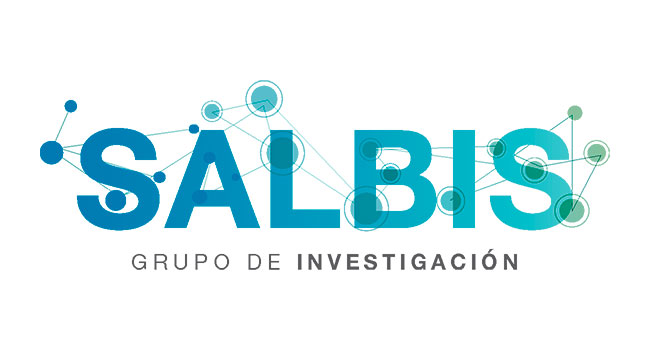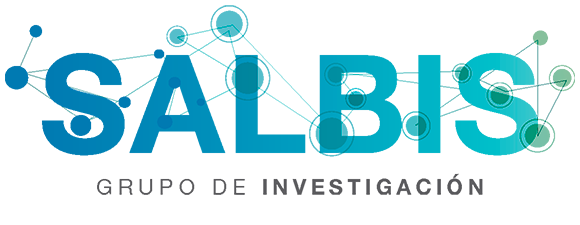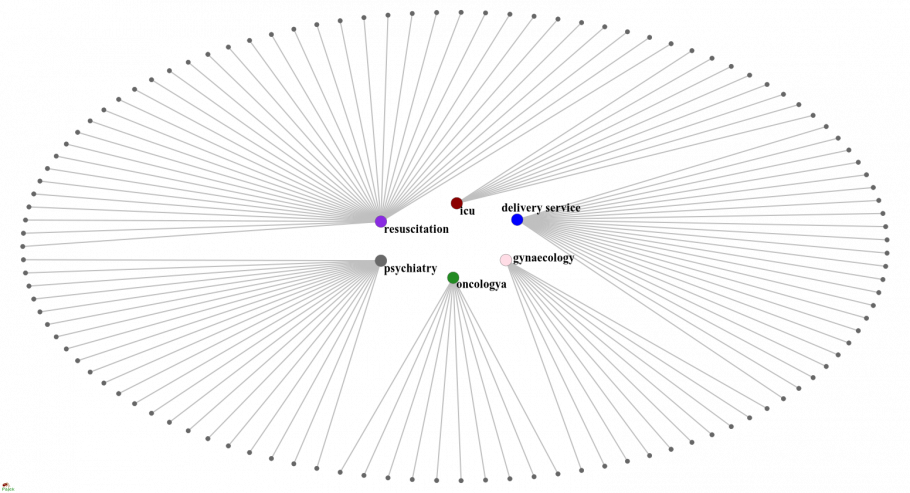Information dynamics in nursing professionals based on social network analysis
Knowledge is a necessary tool for scientific research and progress in any discipline. But scientific knowledge and information dynamics are not only sustained by individuals but are produced and maintained by groups of people working in the same environment where links and relationships can influence the process.
To analyze the social networks of information source utilization, help/advice for knowledge transfer and the places where nursing professionals share information.
Analysis of social networks through a validated questionnaire. Professionals from 6 hospital units were recruited.
77 professionals participated with a mean age of 42.9 (SD:11.48). Peers were the most frequently used source of information (76 choices) compared to databases and scientific articles, which were the least selected (63 choices). Horizontal homophilous networks (professionals with similar status/interests) are the most frequent for obtaining information on research results (74 choices). The care unit is the most pointed environment for sharing information (50 choices).
Professionals consider the knowledge of their peers as the main source for obtaining information on research results. Units with a certain degree of specialization use clinical practice guidelines and protocols as the main source of information. Nursing professionals use homophilic-horizontal networks to obtain information. The work environment in its different settings (unit, office, meetings) is the most used for sharing information on research results.
Cite: Martínez-Gimeno, M.-L., Ovalle-Perandones, M.-A., Escobar-Aguilar, G., Fernández-Martínez, N., Benítez- Andrades, J.A. y Marqués-Sánchez, P. (2021). Information dynamics in nursing professionals based on social network analysis. Enfermería Global. 20, 3 (jul.), 55–85. https://revistas.um.es/eglobal/article/view/470721/306171







